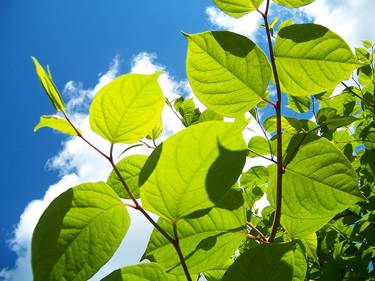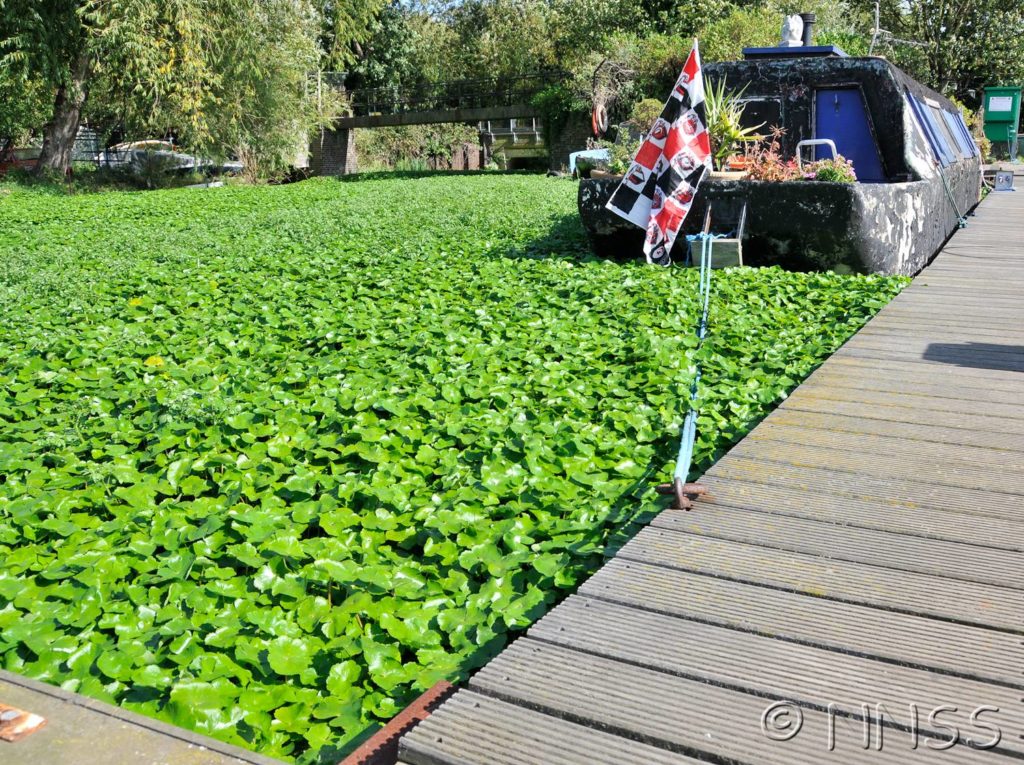Knotweed – what harm could it do?
- Complaining about the Mainland - 17th August, 2024
- New island designation – is it just greenwash? - 26th April, 2024
- Police and Crime Commissioners – a solution or a problem? - 21st April, 2024
Japanese knotweed is in the news because of the proposed introduction of a predatory insect to control it – a story reported on this blog in May. Knotweed is an introduced plant that is a plague on waterways and urban fringe land throughout much of Europe. Millions of pounds is spent annually on attempts to eradicate it, but is this simply a habit? Whilst nobody can deny that the plant is very destructive to buildings and structures, surely this non-poisonous weed can simply be left alone in semi-natural environments. After all, it provides shelter, nectar, and looks quite attractive. Why not just leave it alone?

Now some research published in the journal Biological Conservation has further demonstrated what many land managers have for decades assumed: that knotweed causes real harm to biodiversity and natural ecosystems. Ecologist Dr Esther Gerber of CABI working in central Europe has studied plots invaded with knotweed and compared them with control plots without knotweed. The results are striking. In a 2004 report on her work Gerber writes:
First results indicate that invasion by Japanese knotweed does not only have dramatic effects on native vegetation, but also on invertebrate abundance. As already shown in other studies, native plant species richness is significantly lower on plots invaded by this exotic plant species, compared to un-invaded plots. We also found a significant negative correlation between the number of plant species present in plots and the number of Japanese knotweed shoot density.
The recent work goes into even more detail. Interestingly, some native plant species, such as nettles and goosegrass seem to survive knotweed invasion, but perhaps this is only to be expected as these vigorous plants are known by any gardener to be extremely tenacious. Also, although 40 per cent lower insect numbers were recorded, spiders were found at similar densities in the knotweed plots to the native plots. This is interesting as it raises the question of what these spiders were feeding on. Without having seen the methodology I’d suggest that the researchers might have sampled the invertebrates in the plots using sweep nets or similar methods that might over-sample for web-weaving spiders, which would feed quite happily on flying insects regardless of the substrate the web is on. After all, nobody suggests that a barbed-wire fence, for example, is a productive habitat for biodiversity – but it seems to be a popular location for web-weaving spiders. There are few, if any, apologists for knotweed. However, many landowners would typically concentrate efforts to control it on areas where it is causing damage to drains, pavements and buildings. Whilst these are important, Gerber’s research may focus our minds on the other, unseen problems that knotweed can cause to biodiversity.

